Obedient Plant Companions: Best Plants To Grow With Obedient Plant
Title: Obedient Plant Companions: Best Plants to Grow with Obedient Plant
Introduction:
Obedient plants (Physostegia virginiana) are a beautiful addition to any garden. They are known for their tall, spikes of pink, purple, or white flowers that bloom in late summer. Obedient plants are also relatively easy to care for, making them a good choice for beginner gardeners.
One of the best things about obedient plants is that they can be easily paired with other plants to create stunning garden combinations. In this blog post, we will discuss some of the best plants to grow with obedient plants.
Main Content:
Here are some of the best plants to grow with obedient plants:
- Purple coneflower (Echinacea purpurea): Purple coneflowers are a classic companion plant for obedient plants. They have similar flower colors and bloom at the same time. Purple coneflowers also attract pollinators, which will help to keep your obedient plants healthy.
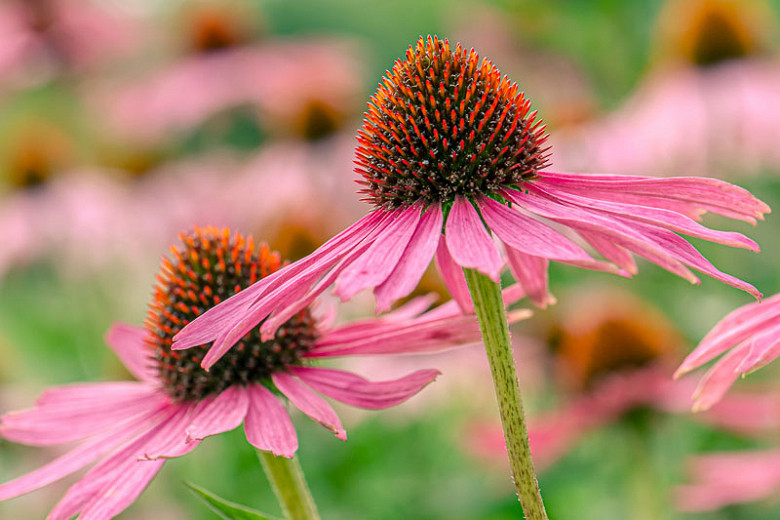
- Russian sage (Perovskia atriplicifolia): Russian sage is a tall, airy plant that adds a touch of elegance to any garden. It has blue-gray leaves and spikes of lavender flowers that bloom in summer. Russian sage is drought-tolerant and deer-resistant, making it a low-maintenance choice.
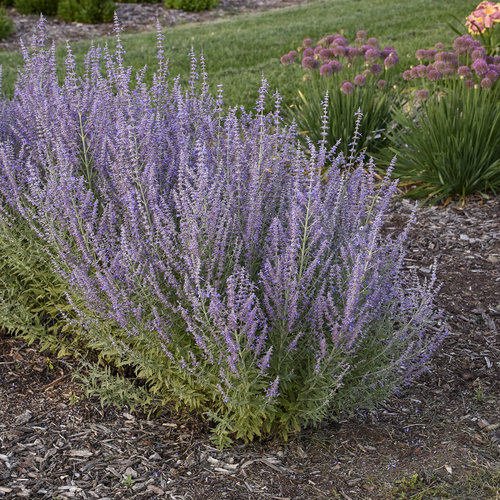
- Butterfly weed (Asclepias tuberosa): Butterfly weed is a native wildflower that is a magnet for butterflies. It has bright orange flowers that bloom in summer. Butterfly weed is also deer-resistant and drought-tolerant.
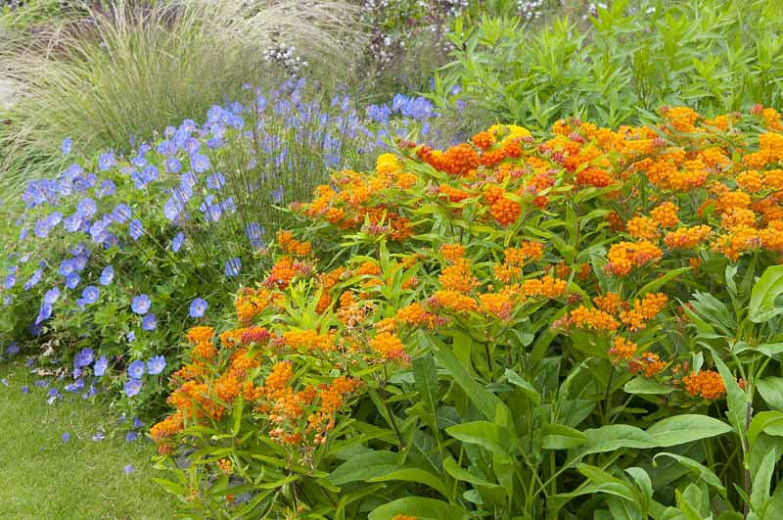
- Liatris spicata (spike gayfeather): Liatris spicata is a tall, spiky plant with purple flowers that bloom in summer. It is a good choice for attracting pollinators and adding structure to a garden. Liatris spicata is also drought-tolerant and deer-resistant.
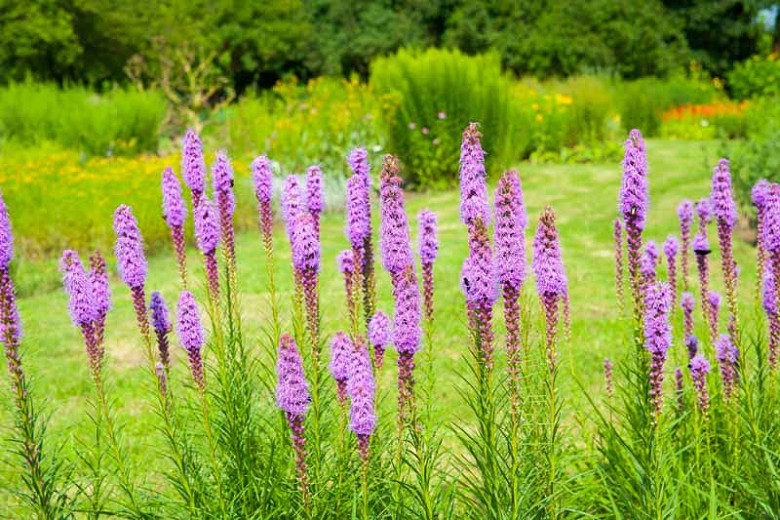
- Astilbe (Astilbe): Astilbes are a group of perennials that have feathery foliage and spikes of pink, white, or red flowers. They bloom in summer and fall. Astilbes are deer-resistant and prefer moist, shady conditions.
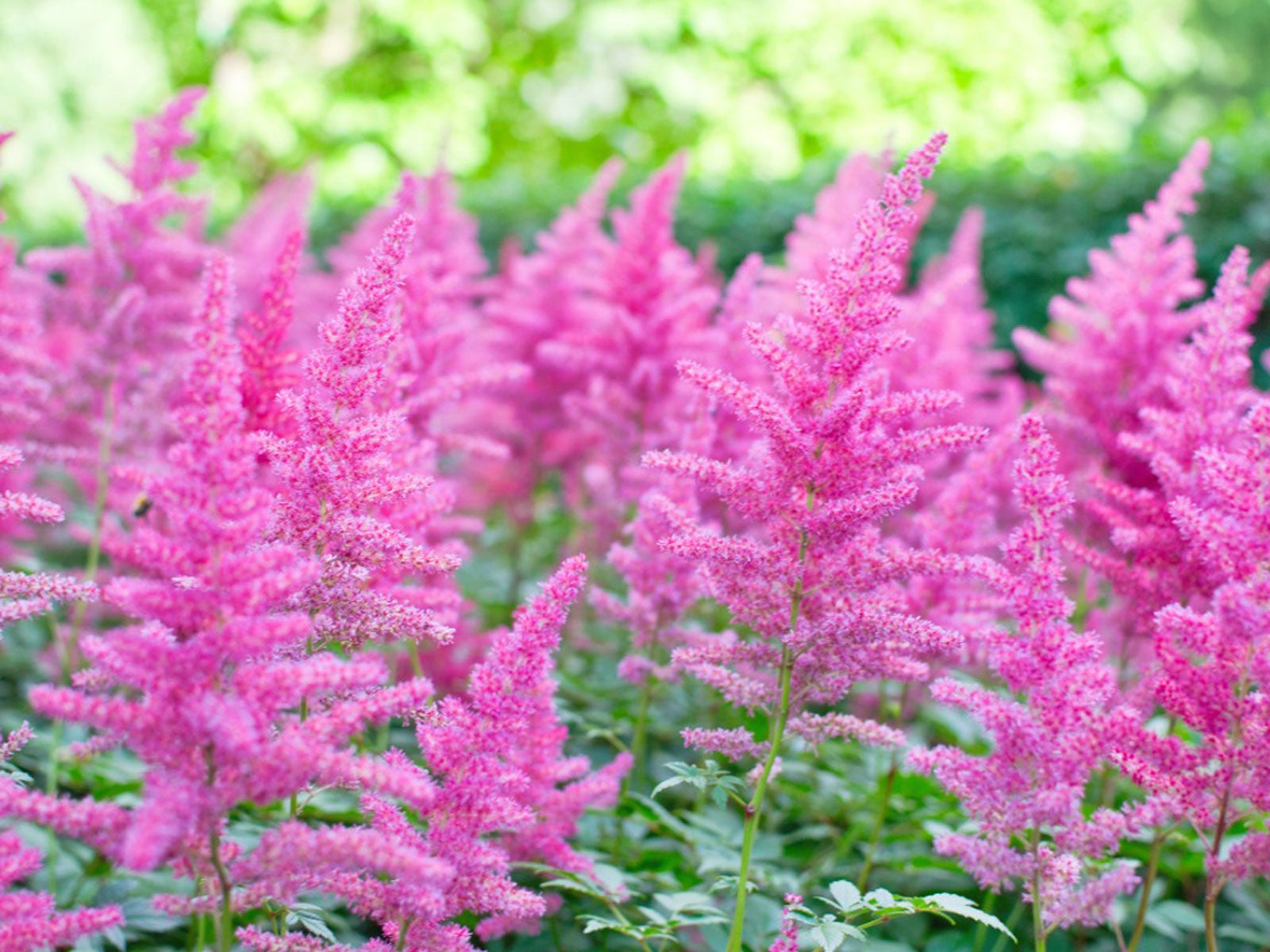
- Veronicastrum virginicum (culver's root): Veronicastrum virginicum is a tall, airy plant with spikes of white flowers that bloom in summer. It is a good choice for adding height and texture to a garden. Veronicastrum virginicum is deer-resistant and prefers moist, shady conditions.
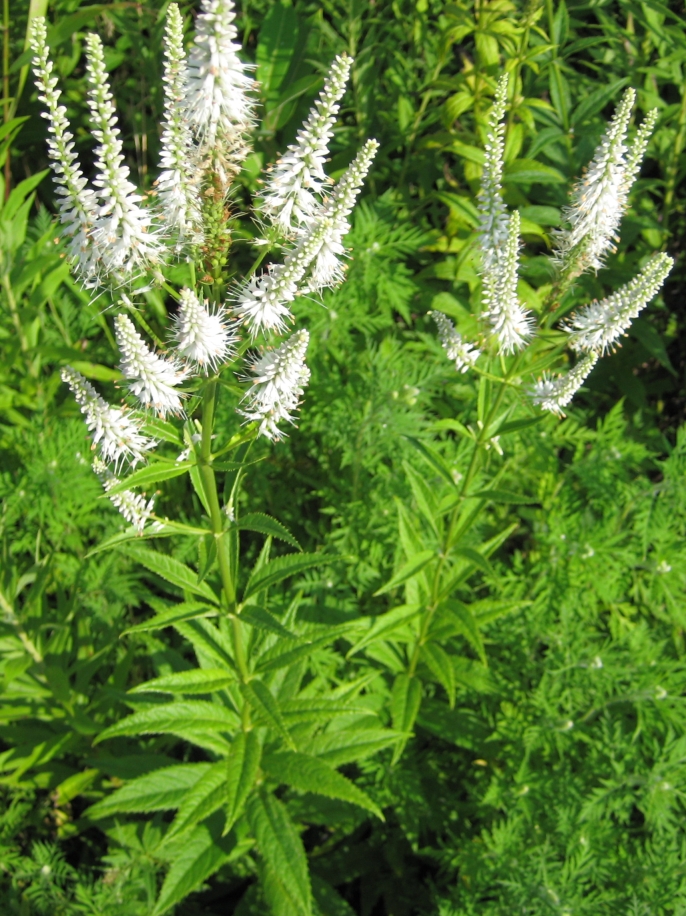
Conclusion:
These are just a few of the many plants that can be grown with obedient plants. When choosing companion plants, it is important to consider the size, color, and bloom time of the plants. By pairing obedient plants with other complementary plants, you can create a beautiful and harmonious garden.
Obedient plants are a fun and easy-to-grow addition to any garden. They are also known as false dragonheads, and their stalks can be bent and shaped into different positions. If you are looking for some companion plants for your obedient plant, here are a few suggestions:
- Butterfly bush: Butterfly bush is a tall, flowering shrub that attracts butterflies and other pollinators. It is a good choice for companioning obedient plants because it blooms at the same time of year.
- Lavender: Lavender is a fragrant herb that can help repel pests. It is also a good choice for companioning obedient plants because it prefers full sun, just like obedient plants.
- Yarrow: Yarrow is a hardy perennial that can help improve drainage in the soil. It is also a good choice for companioning obedient plants because it blooms in the late summer, when obedient plants may be starting to fade.
For more information about obedient plant companions, [visit Home Gardening].
FAQ of obedient plant companions
What are obedient plant companions?
Obedient plants (Physostegia virginiana) are tall, herbaceous perennials that are native to North America. They are known for their spikes of showy, lavender-pink flowers that bloom in late summer. Obedient plants are relatively easy to care for and make good additions to sunny or partially shaded gardens.
There are a number of different plants that can be good companions for obedient plants. Some good options include:
- Blazing stars (Liatris): These spiky-flowered perennials have similar bloom times to obedient plants and can help to add height and interest to a garden bed.
- Cardinal flowers (Lobelia cardinalis): These bright red flowers provide a striking contrast to the lavender-pink blooms of obedient plants.
- Coneflowers (Echinacea): These daisy-like flowers come in a variety of colors and can help to add warmth and depth to a garden bed.
- Daylilies (Hemerocallis): These long-blooming perennials can help to extend the flowering season in a garden.
- Ferns: Ferns provide a graceful and airy contrast to the upright growth of obedient plants.
What are the benefits of planting obedient plant companions?
There are a number of benefits to planting obedient plant companions. Some of these benefits include:
- Attracting pollinators: Obedient plants are a magnet for pollinators, such as hummingbirds and butterflies. Planting obedient plant companions can help to attract even more pollinators to your garden.
- Creating a more diverse garden: Planting obedient plant companions can help to create a more diverse garden. This is important for a number of reasons, including providing food and shelter for wildlife, improving soil health, and reducing the risk of pests and diseases.
- Adding visual interest: Obedient plant companions can help to add visual interest to your garden. By planting different types of plants with different heights, colors, and textures, you can create a more visually appealing garden.
How do I choose the right obedient plant companions?
When choosing obedient plant companions, there are a few things to keep in mind:
- Plant height: Obedient plants can grow up to 3 feet tall, so you'll need to choose companions that are of similar height or shorter.
- Bloom time: Obedient plants bloom in late summer, so you'll want to choose companions that bloom at the same time or later.
- Sunlight needs: Obedient plants can tolerate full sun or partial shade, so you'll need to choose companions that have similar sunlight needs.
- Soil type: Obedient plants prefer moist, well-drained soil, so you'll need to choose companions that have similar soil requirements.
Image of obedient plant companions
10 different images of obedient plant companions that are free to use:
- Salvia. Salvias are a great companion plant for obedient plants because they bloom at the same time and attract similar pollinators. They also come in a variety of colors, so you can choose one that complements the colors of your obedient plants.
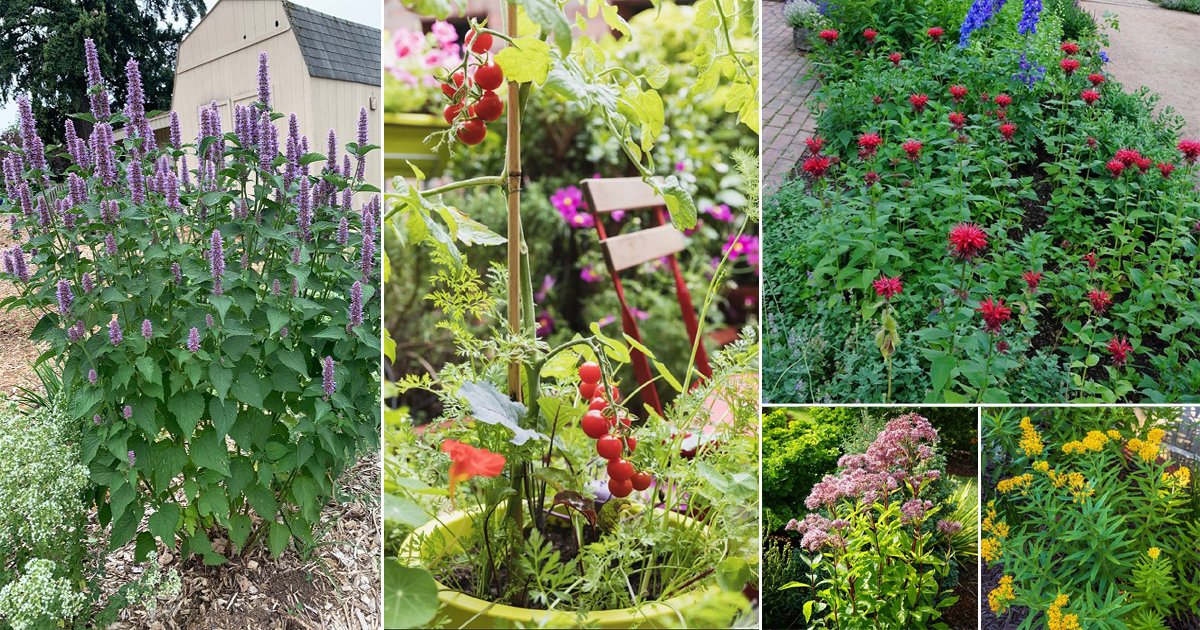
- Coreopsis. Coreopsis is another great choice for a companion plant for obedient plants. It blooms in a variety of colors, including yellow, orange, and pink. It is also drought-tolerant and easy to care for.

- Echinacea. Echinacea is a popular medicinal herb that also makes a great companion plant for obedient plants. It blooms in shades of pink, purple, and white. It is also a good source of nectar for pollinators.
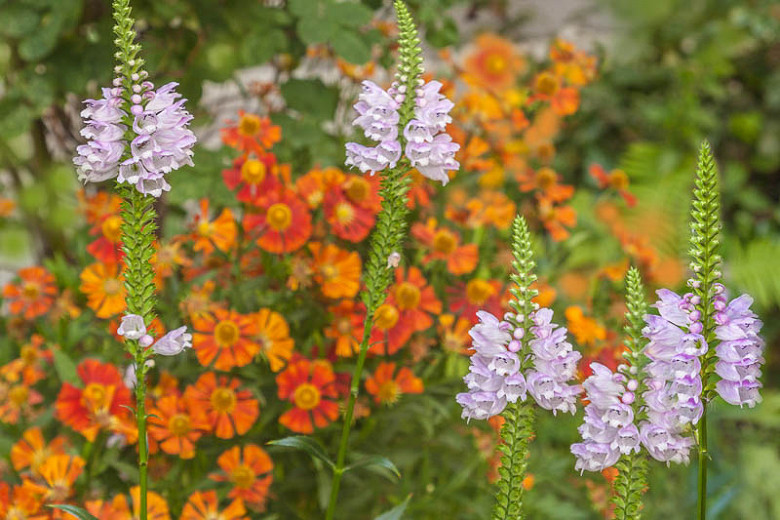
- Aster. Asters are a type of daisy that blooms in the fall. They come in a variety of colors, including white, pink, purple, and blue. They are also a good source of nectar for pollinators.
- Bee balm. Bee balm is a member of the mint family and attracts a variety of pollinators. It blooms in shades of pink, purple, and red. It is also a good choice for a groundcover.

- Coneflower. Coneflowers are a popular garden flower that blooms in shades of purple, pink, and yellow. They are also a good source of nectar for pollinators.

- Liatris. Liatris is a type of blazing star that blooms in shades of purple, pink, and white. It is a good choice for a background plant in a flower bed.

- Penstemon. Penstemon is a genus of flowering plants that includes a variety of species. They come in a variety of colors, including blue, pink, purple, and white. They are also a good source of nectar for pollinators.

- Yarrow. Yarrow is a hardy perennial that blooms in shades of white, yellow, and pink. It is a good choice for a groundcover or border plant.


Post a Comment for "Obedient Plant Companions: Best Plants To Grow With Obedient Plant"